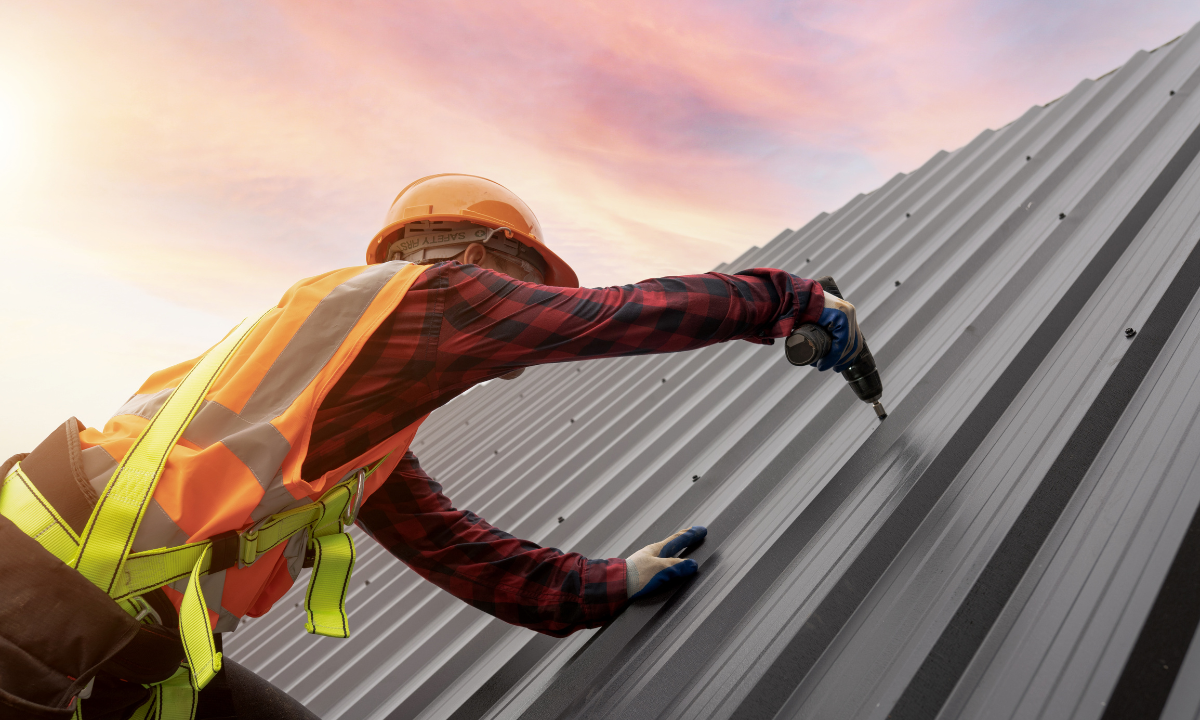Replacing a roof, especially in a state like Maryland with its varying climate conditions, requires careful planning and execution to ensure the longevity of synthetic slate roofs and the preservation of your ceiling. In this blog, we’ll provide a step-by-step guide on how to replace a roof in Maryland, focusing on the specific considerations for synthetic slate roofs and maintaining the integrity of your ceiling throughout the process.
Assessing the Roofing Needs
Before starting the replacement process, assess the condition of your current roof and identify any underlying issues that need addressing. Look for signs of damage such as cracked or missing tiles, water stains on the ceiling, or leaks in the attic.
Choosing Synthetic Slate Roofing Materials
Opting for synthetic slate roofing materials offers durability and aesthetic appeal. Consider factors such as color, texture, and manufacturer warranties when selecting synthetic slate tiles for your roof replacement project.
Hiring a Professional Contractor
While DIY roof replacement is possible, hiring a licensed and experienced roofing contractor in Maryland is recommended. They have the expertise, tools, and knowledge of local building codes to ensure a successful roof replacement.
Obtaining Necessary Permits
Check with your local municipality or county to obtain any required permits for roof replacement. Compliance with building codes and regulations is essential to avoid potential issues during or after the project.
Preparing the Work Area
Clear the area around your home to provide ample space for roofing materials, equipment, and debris disposal. Protect landscaping and outdoor furniture from potential damage during the roof replacement process.
Removing the Old Roof
The first step in replacing a roof is removing the old roofing materials. This may involve stripping off old shingles, underlayment, and flashing. Dispose of old materials responsibly and ensure proper waste management.
Inspecting and Repairing the Deck
Inspect the roof deck for any signs of damage or rot. Replace damaged decking and ensure a smooth, stable surface for installing the new roof materials.
Installing Underlayment and Flashing
Apply a high-quality underlayment, such as synthetic roofing felt, to provide an additional layer of protection against moisture. Install flashing around roof penetrations, valleys, and edges to prevent water intrusion.
Installing Synthetic Slate Tiles
Follow manufacturer guidelines for installing synthetic slate tiles. Ensure proper alignment, fastening, and sealing to create a watertight and durable roofing system. Consider using products that enhance wind resistance and prevent algae growth.
Conducting a Final Inspection
Once the roof replacement is complete, conduct a thorough inspection to check for any issues or gaps. Address any concerns promptly to prevent future leaks or damage to your ceiling.
Maintaining Roof and Ceiling Integrity
After roof replacement, prioritize regular maintenance, including roof inspections, gutter cleaning, and addressing any minor repairs promptly. This helps prolong the lifespan of your synthetic slate roof and ensures the continued protection of your ceiling.
Conclusion
Replacing a roof in Maryland, particularly with synthetic slate materials, requires careful planning, professional expertise, and adherence to local building codes. By following these steps and prioritizing roof maintenance in Maryland , homeowners can enjoy a durable, aesthetically pleasing roof that enhances their property’s value and protects their ceiling from potential damage. Investing in quality materials and professional installation ensures a successful roof replacement project in Maryland’s diverse climate conditions.
